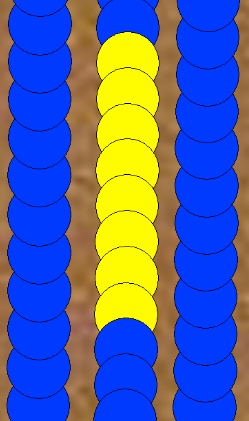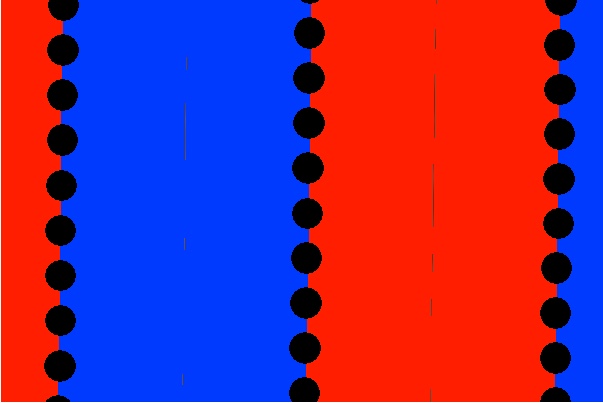Purdue Extension Corn Specialist Bob Nielsen and Soybean Specialist Shaun Casteel are back on another episode of the Purdue Crop Chat podcast.
Bob Nielsen


While we often focus on the importance of yield monitor calibration relative to logging accurate yield estimates during grain harvest, there are other yield monitor settings that can inadvertently influence yield estimates.

Geo-positional inaccuracies in DGPS signals affect the accuracy of yield monitor data in various ways.

Even if grain yield monitor calibration, adjustments, and operation are faithfully conducted (Luck & Fulton, 2014; Nielsen, 2020c), the resulting yield data sets almost always require some post-harvest processing and “cleaning” procedures to rid the data set of anomalies and “gremlins” (Luck et al., 2015; Nielsen, 2020a; Nielsen, 2020b).
In the latest Purdue Crop Chat Podcast, Extension Corn Specialist Bob Nielsen and Extension Soybean Specialist Shaun Casteel discuss early yield numbers that they’re hearing from farmers and getting on their own research trials. They also discuss their expectations of the October 9 USDA Crop Report. The Purdue Crop Chat Podcast is presented by the Indiana Corn Marketing Council and the Indiana Soybean Alliance.

Among the top 10 most discussed (and cussed) topics at the Chat ‘n Chew Cafe during corn harvest season is the grain test weight being reported from corn fields in the neighborhood.

In the latest Purdue Crop Chat Podcast, Extension Corn Specialist Bob Nielsen and Extension Soybean Specialist Shaun Casteel review the September USDA Crop Production Report and discuss if Indiana has the potential to reach USDA’s projections based on a very dry August and September.

Understand this one simple fact about grain yield monitors: They do not measure grain yield.
Corn is often harvested at grain moisture contents higher than the 15% moisture typically desired by grain buyers.

Droopy ears are cute on certain breeds of dogs, but droopy ears on corn plants prior to physiological maturity are a signal that grain fill has slowed or halted. Ears of corn normally remain erect until some time after physiological maturity (black layer development) has occurred, after which the ear shanks eventually collapse and the ears decline or “droop” down. The normal declination of the ears AFTER maturity is desirable from the perspective of shedding rainfall prior to harvest and avoiding the re-wetting of the kernels. PREMATURE ear declination, however, results in premature black layer formation, lightweight grain, and ultimately lower grain yield per acre.
© 2024 Purdue University | An equal access/equal opportunity university | Copyright Complaints | Maintained by Pest&Crop newsletter
If you have trouble accessing this page because of a disability, please contact Pest&Crop newsletter at luck@purdue.edu.


